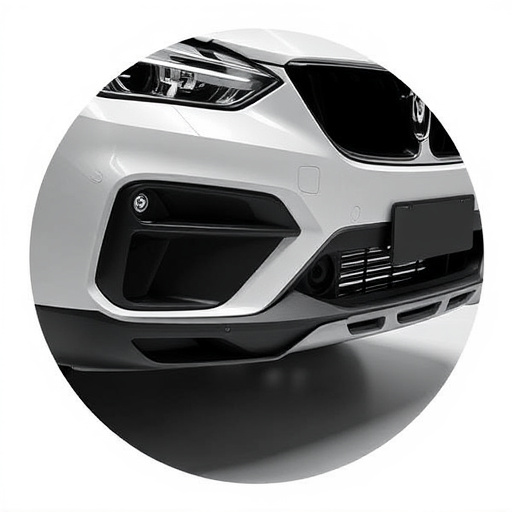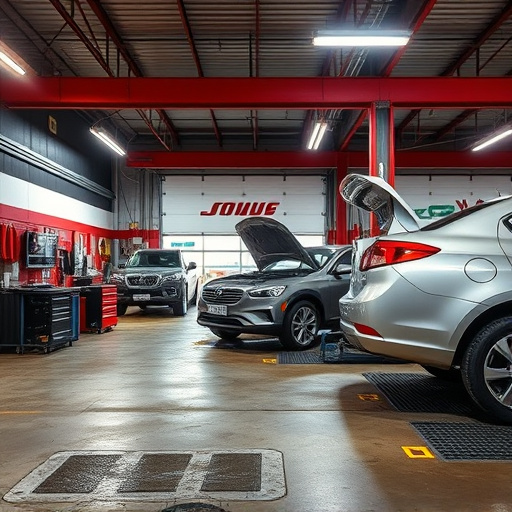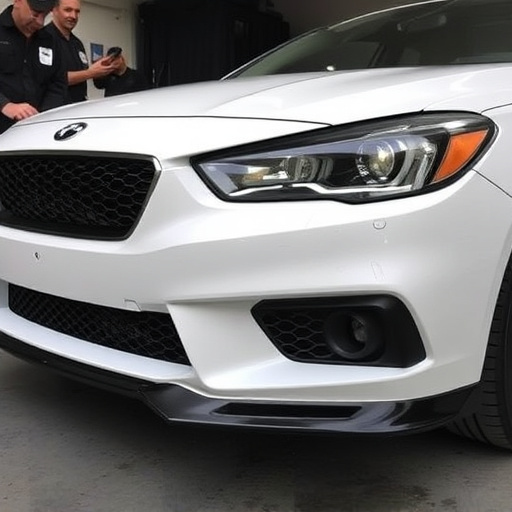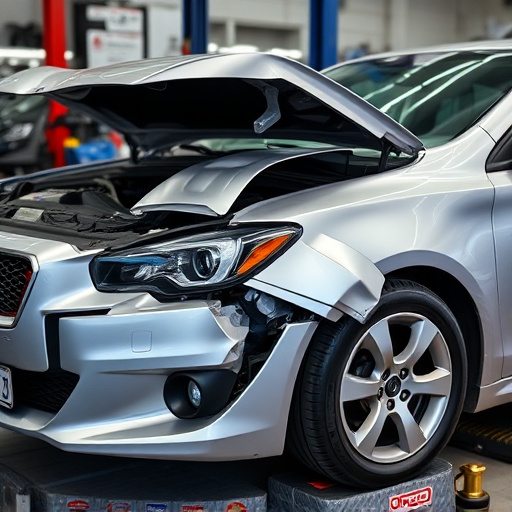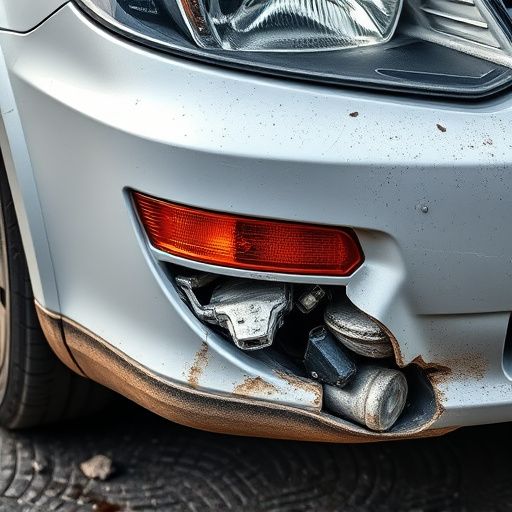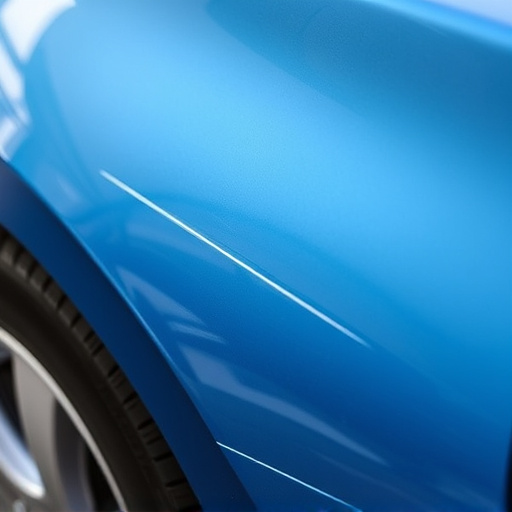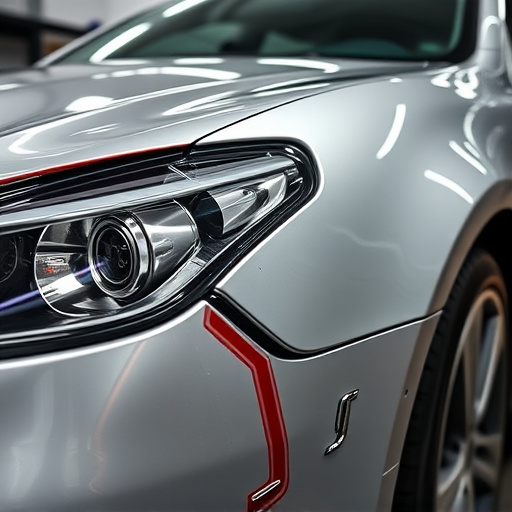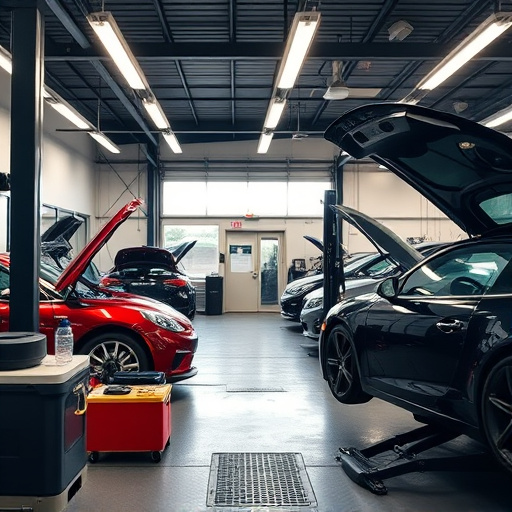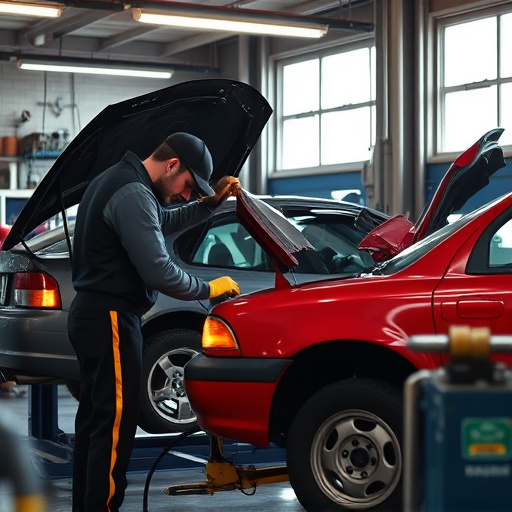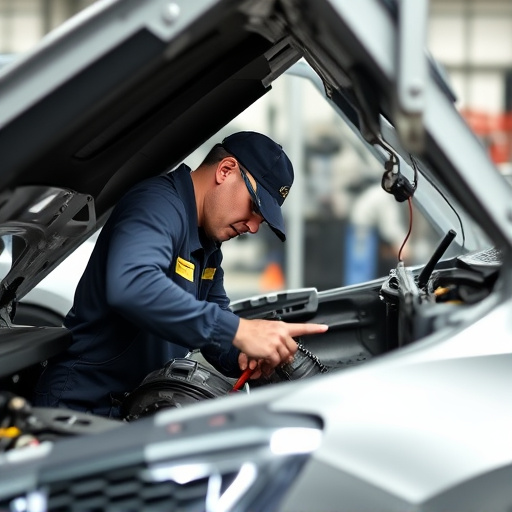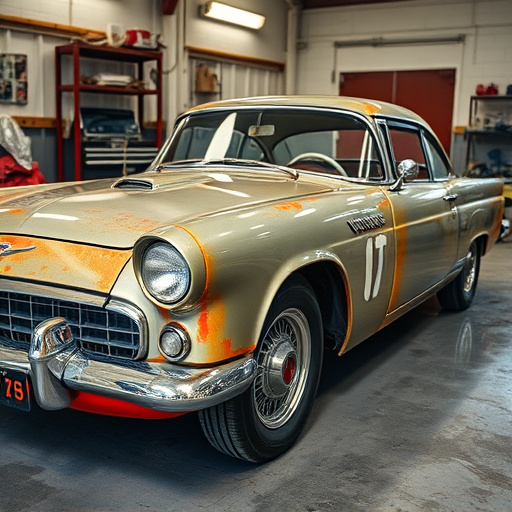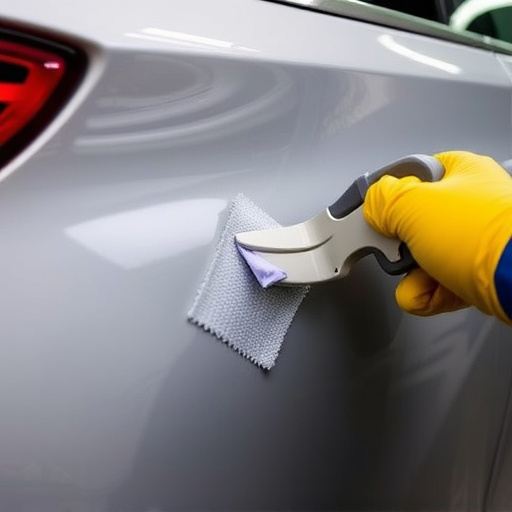Color sanding and buffing are essential techniques for professional car scratch repair, involving identifying and assessing scratches, using specialized tools and sandpaper to remove damaged paint layers, and then buffing to polish and fill remaining scratches for a seamless blend with surrounding paint. Proper tool selection enhances efficiency, saves time, and ensures high-quality auto body repairs. Mastering these techniques is crucial for achieving flawless results in collision centers or auto body shops.
Discover the secrets to efficient color sanding and buffing—essential techniques for achieving flawless finishes. This comprehensive guide explores the fundamentals, empowering you to transform surfaces with precision. Learn how choosing the right tools can streamline your process and deliver outstanding results. By mastering specific techniques, you’ll elevate your craftsmanship, ensuring every project meets the highest standards.
- Understanding Color Sanding and Buffing Basics
- Choosing the Right Tools for Efficiency
- Mastering Techniques for Optimal Results
Understanding Color Sanding and Buffing Basics
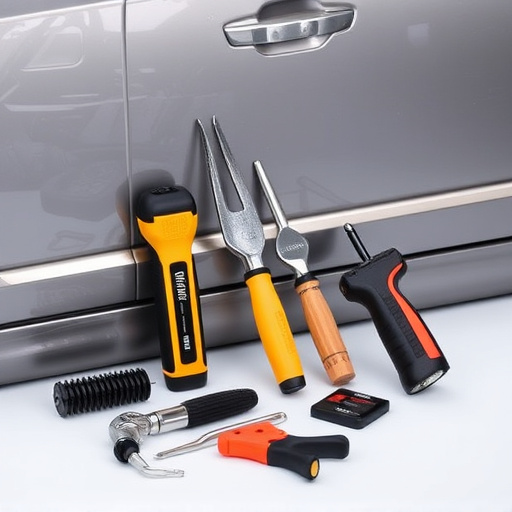
Color sanding and buffing are essential techniques in automotive repair and car scratch repair, offering a professional finish to any vehicle. This process involves using specialized tools and abrasives to smooth out imperfections and achieve a flawless, glossy surface. The basics of color sanding start with identifying the type and severity of scratches or defects on the car’s paintwork. Different grits of sandpaper are then employed, from coarse to fine, to gently remove the damaged paint layer by layer.
Once the affected area is thoroughly prepared, buffing becomes the next crucial step. It involves using a buffer machine with appropriate compound to polish and refine the surface, filling in any remaining scratches and creating a seamless blend with the surrounding paint. This meticulous process not only enhances the car’s aesthetics but also protects its finish, ensuring that auto repair services meet the highest standards of quality and precision.
Choosing the Right Tools for Efficiency
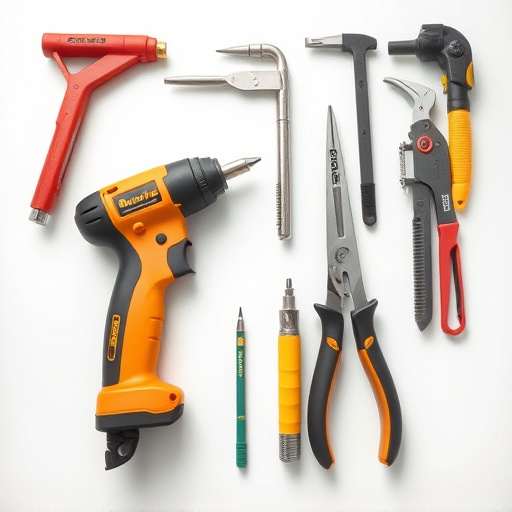
Selecting the appropriate tools is a fundamental step to enhance efficiency in any color sanding and buffing process, whether it’s for automotive body repairs or specialized projects. The right tools can significantly streamline the work, ensuring better results in less time. For instance, investing in high-quality sandpaper with various grit sizes allows you to adapt to different surfaces and fine-tune finishes, making the overall process more versatile.
In an auto repair shop or for autobody repairs, using specialized sanding blocks and buffing pads designed for specific tasks can drastically reduce manual labor. These tools are often contoured to fit curves and corners, making them ideal for intricate details. Additionally, modern buffing machines with adjustable speeds offer precision control, enabling technicians to achieve a uniform finish without exerting excessive effort, thus increasing productivity in color sanding and buffing procedures.
Mastering Techniques for Optimal Results
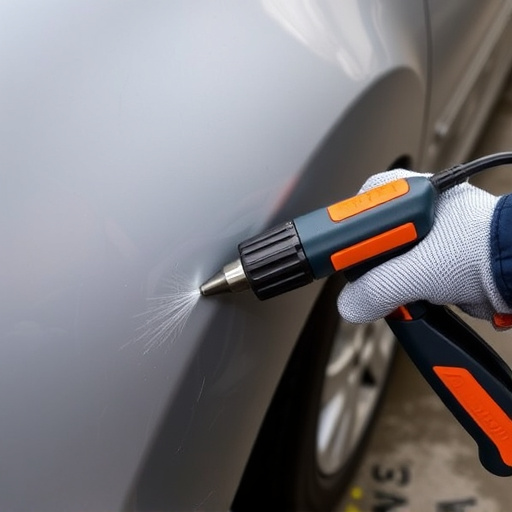
Mastering the art of color sanding and buffing is a game-changer when it comes to achieving flawless vehicle paint repair, whether in a collision center or an auto body shop. It’s not just about applying pressure; it’s a precise dance between the sander and buffer, and the surface of the paint. The key lies in understanding that different techniques are required for various paint issues—from removing minor scratches to repairing major dents.
For example, when addressing fine scratches, a gentle touch with a finer sandpaper is crucial. This method ensures minimal material removal while smoothing out imperfections. In contrast, more aggressive sanding is necessary for significant dent repairs, where the goal is to shape and prepare the surface for buffering. Buffing, in turn, isn’t a one-size-fits-all process; it requires varying speeds and pads to achieve the desired finish, whether it’s a high-gloss or a subtle matte look. This meticulous approach to color sanding and buffing not only enhances aesthetics but also ensures longevity of the vehicle’s paint job, making it a vital skill for any professional in the auto body repairs sector.
Efficiency in color sanding and buffing is not just about choosing the right tools; it’s a combination of understanding the process, mastering techniques, and making informed decisions. By following these best practices, you can achieve superior results while optimizing your time and resources. Remember, the key to successful color sanding and buffing lies in the intricate balance between technology and skill.
